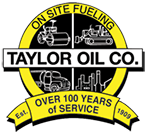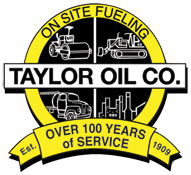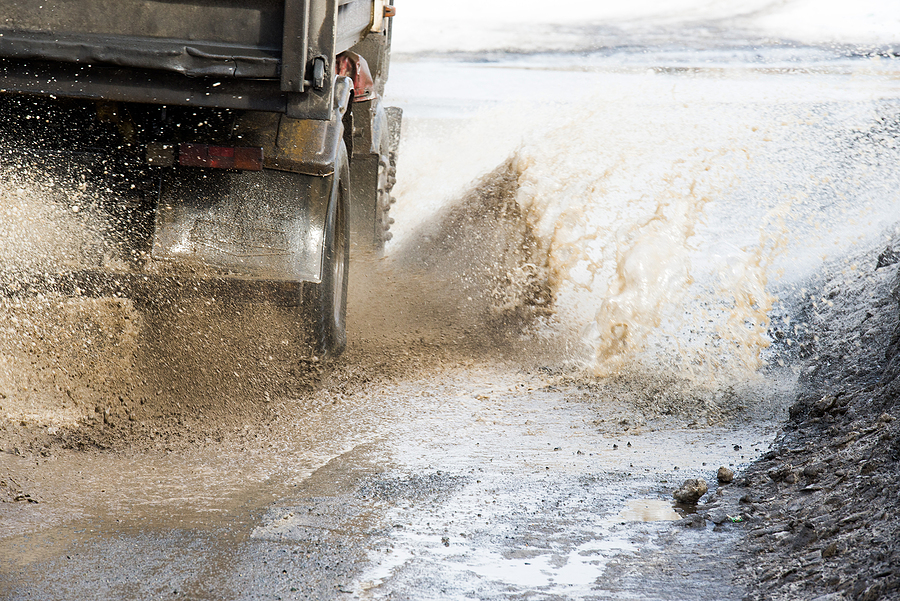Commercial Vehicles Exposed to Floodwaters: Inspection and Reconditioning Tips – Now that Hurricane Ian has just swept through Florida, it’s a good time to review best practices for commercial vehicles that have been exposed to floodwaters. Inspection and reconditioning of truck safety components are important.
Massive relief and rebuilding efforts are necessary in floods, which are extremely reliant on the trucking industry – not to mention thousands of truck drivers. When your commercial vehicles are exposed to floodwaters, Taylor Oil wants to take this time to offer fleets and drivers some technical advice on how to inspect and recondition air brake, wheel-end, and other safety components that were submerged, either partially or completely.
Salt Water Damage
If the submersion occurred in salt water, the parts replacement process will have to begin immediately due to the chances of corrosion. This can take away necessary lubrication and put parts at a higher risk for premature malfunction. If you have a brake system valve that was submerged in salt water, you will have to replace it.
At the same time, you should also replace air compressors, air reservoirs, anti-lock brake system (ABS) relays, modulators, and brake actuators.
Saltwater corrosion increases the risk of rust jacking while accelerating corrosion of critical surfaces. Foundation brake replacement is recommended so failure does not occur.
In regards to pneumatic system components that were submerged, disconnect all contaminated air tubes and hoses, flush with clean water, and blow them out to ensure no contaminants remain.
Fresh Water Damage
If the submersion occurred in fresh water, power wash the vehicle, including foundation brakes. Do not directly spray rubber parts and sealing interfaces with high-pressure jets. Don personal protective equipment (PPE) while working on flooded vehicles.
Do not start a vehicle if you know fresh water entered the air compressor or dryer via the air system intakes.
Here’s what to check on the air brake system:
Vehicle valves
- Inspect all parts of the pneumatic brake and accessory systems.
- Drain any pressure that is left behind in the service reservoirs.
- Remove all pneumatic and electrical connectors at each valve.
- Check for water or contamination inside the air hoses, connectors, or component.
- Blow air through the pneumatic tubes and hoses using dry compressed air pressure, then look for signs of water or contamination. If so, replace the component. If not, reassemble the component.
- Replace nonfunctioning valves.
- Inspect tractor and trailer glad hands as well as the supply and control hoses.
Charging system
- Inspect the air intake, air dryer and compressor for signs of water.
- Blow air through the pneumatic tubing using dry compressed air pressure, and look for water or contamination.
- Remove residual water from the service tanks using dry compressed air pressure.
- Once you have reconnected the pneumatic lines, install a new air dryer to remove residual moisture from the air inlet.
Wheel-ends and electronics
Look for water in all wheel-ends, which can boost the risk of corrosion between the drum brake lining material and the shoe table. Water also tends to pool in drums, furthering the risk of corrosion. Check on the friction couple between the friction and disc/drum.
Take off fittings and mounting stud nuts, and position ports downward so you can be sure no water has entered the brake chambers via the air lines. If you notice water, replace the actuator. Be sure to re-grease the slack adjusters.
Follow-Up Support When Back on the Road
If you don’t see any signs of water or contamination, test the air brake system before using the vehicle or trailer again. It’s common for ABS wheel speed sensors to shift from their normal position due to flooding and power washing. In this case, push them back into contact with the exciter ring to adjust the sensor position.
It’s a good idea to retest and perform diagnostic checks of the electronic systems once again. Also, follow all manufacturers’ guidelines when doing so.
Contact Taylor Oil
If you have been sidelined by floodwaters in the Northeast, call Taylor Oil for speedy mobile fueling so you’re ready to go once the above checks have been performed. We specialize in 24/7 onsite equipment fueling.



